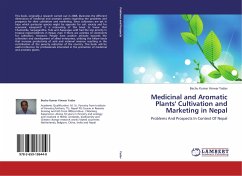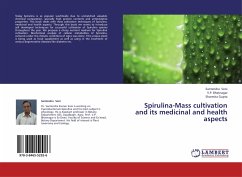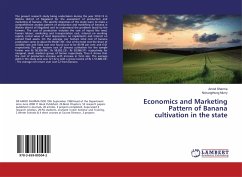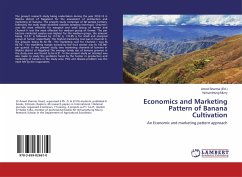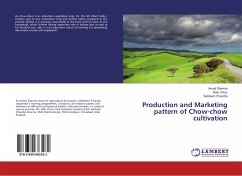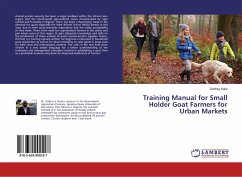This book, originally a research carried out in 2008, illustrates the different dimensions of medicinal and aromatic plants regarding the problems and prospects for their cultivation and marketing. Since cultivators are yet in haze which particular species might be apposite for soil, society and for economic viewpoint? It is interesting of this book to know that Chamomile, Sarpagandha, Tulsi and Asparagus wild had the top priority in tropical regions/districts in Nepal, even if there are varieties of constraints for cultivators. However, People have positive attitude towards the cultivation and development of allied enterprises, utilizing the fallow lands that increase productivity of soils and national revenue resulting in the contribution of the poverty reduction of the country. This book will be useful reference for professionals interested in the promotion of medicinal and aromatic plants.

